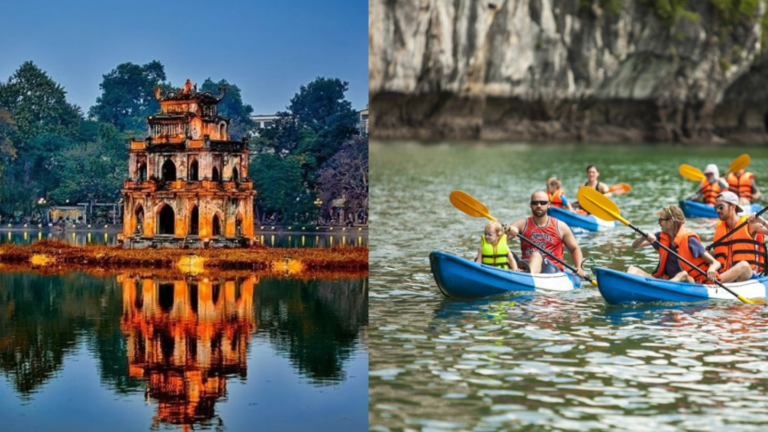Best National Parks to Visit in India [Updated 2025]
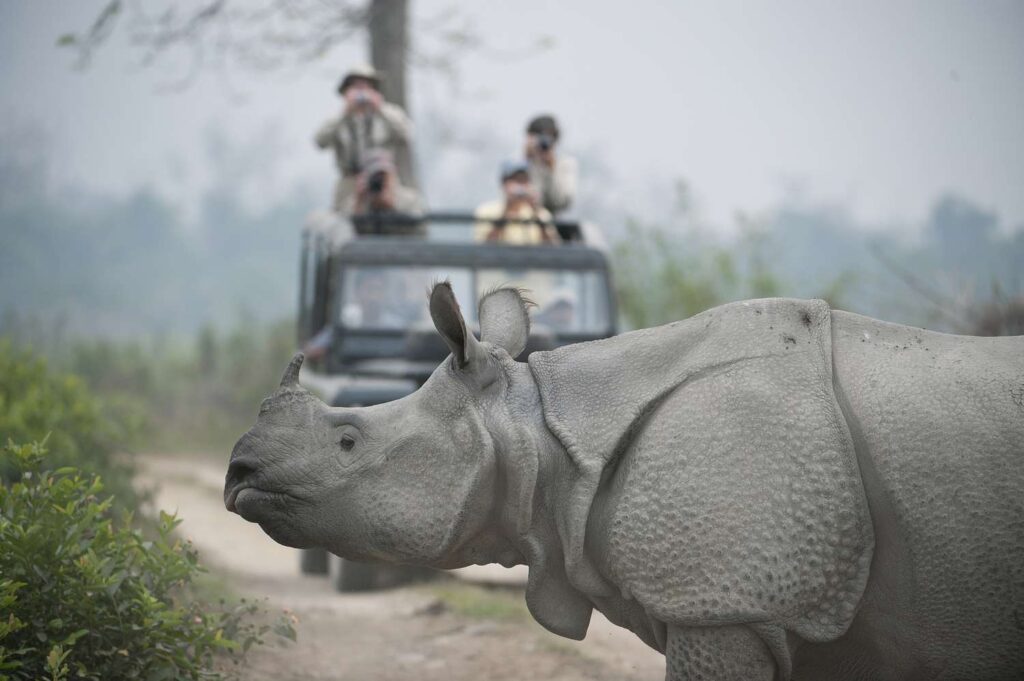
Hey there, fellow adventurers! Eric from Funky Fresh Travels here, and boy, do I have some exciting stories to share with you about India’s incredible national parks! After spending countless days exploring these magnificent wilderness sanctuaries, I can’t wait to be your guide through the jungle (pun intended! 😉).
The Big Picture: India’s National Park Scene
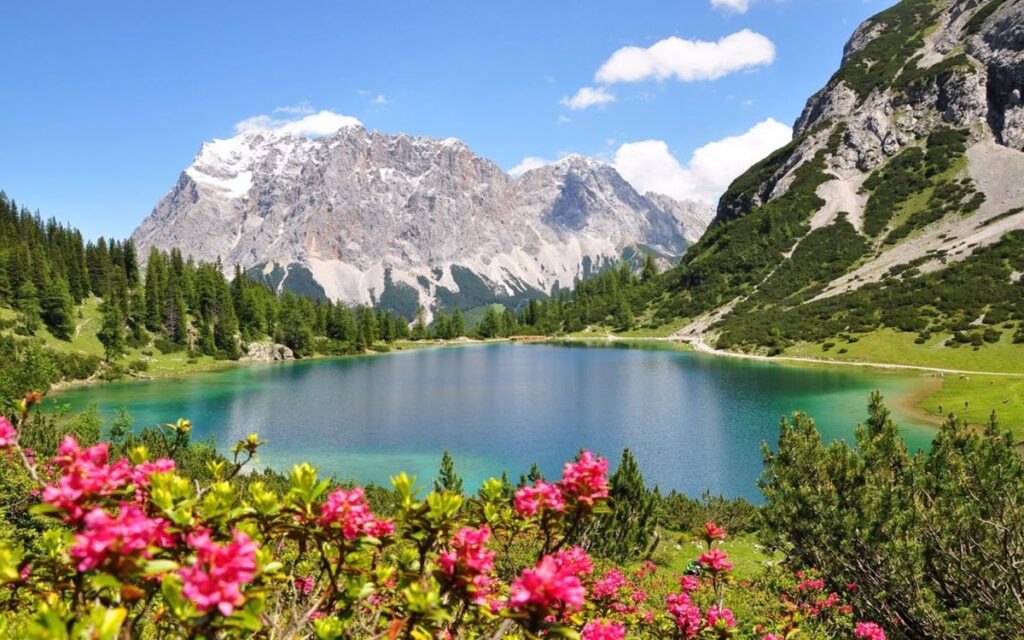
Let me tell you something amazing – India is absolutely packed with natural wonders! As someone who’s traversed these stunning landscapes, I can tell you that each park has its own unique personality. From the snow-capped peaks of the Himalayas to the dense mangroves of the Sundarbans, India’s national parks are like a box of chocolates – you never know what incredible wildlife you’re going to encounter!
My Top Picks: The Must-Visit National Parks
1. Jim Corbett National Park
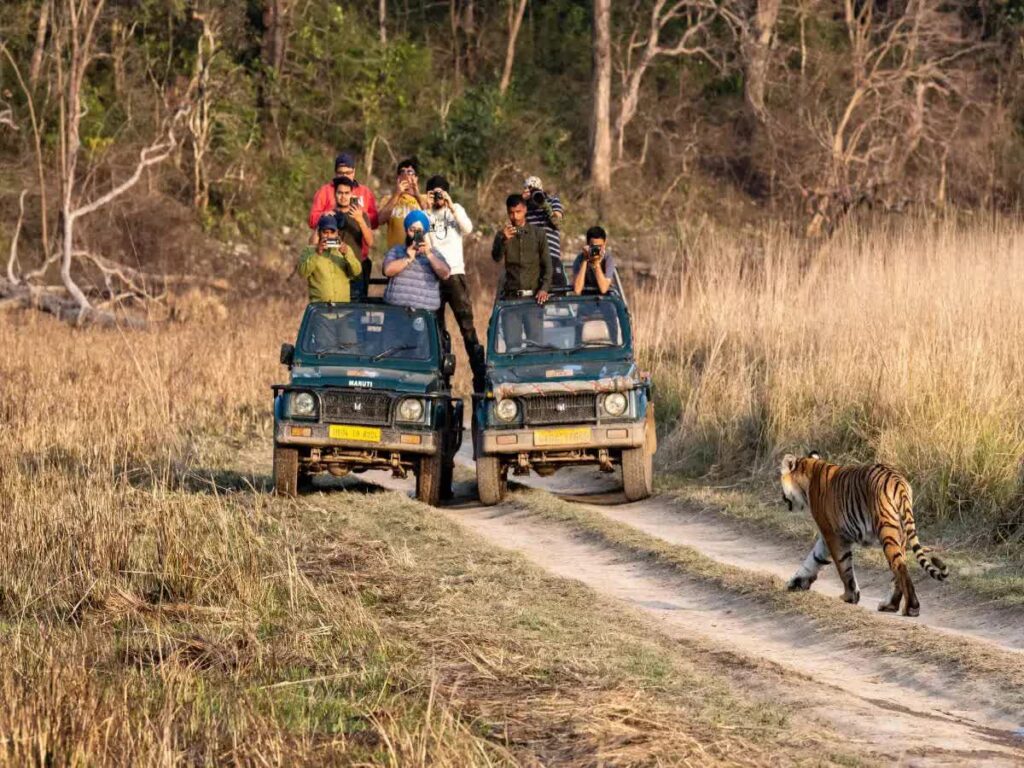
Location: Nainital district, Uttarakhand
How to Get There:
- Nearest Airport: Pantnagar Airport (54 km)
- Nearest Railway Station: Ramnagar Railway Station (12 km)
- Road: Well-connected to Delhi (260 km)
What to See:
- Royal Bengal Tigers
- Asian Elephants
- Leopards
- 586 species of birds
- Ramganga River
- Dhikala Zone (most popular)
Time to Spend:
Minimum: 2-3 days
Recommended: 3-4 days
Price Guide:
Entry Fee: ₹1,000 for Indians, ₹2,000 for foreigners
Jeep Safari: ₹4,000-6,000 per ride
Accommodation:
Budget: ₹2,000-4,000/night
Luxury: ₹8,000-25,000/night
2. Ranthambore National Park
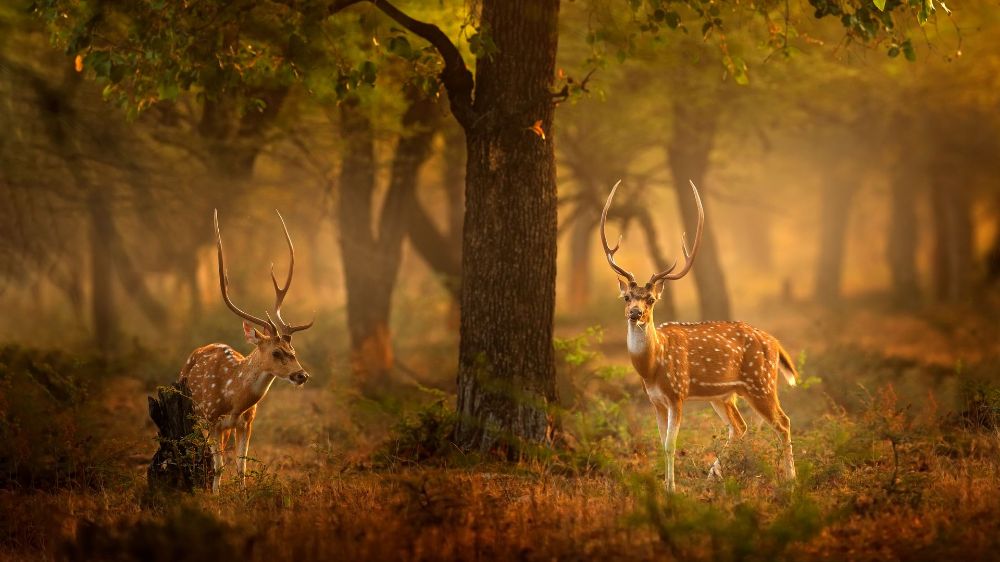
Location: Sawai Madhopur, Rajasthan
How to Get There:
- Nearest Airport: Jaipur International Airport (180 km)
- Nearest Railway Station: Sawai Madhopur Railway Station (11 km)
- Road: Well-connected to Jaipur and Delhi
What to See:
- Bengal Tigers
- Ranthambore Fort
- Ancient temples
- Leopards
- Sloth Bears
- Crocodiles
Time to Spend:
Minimum: 2 days
Recommended: 3-4 days
Price Guide:
Entry Fee: ₹500 for Indians, ₹1,500 for foreigners
Safari Cost: ₹1,700-4,000 per person
Accommodation:
Budget: ₹2,500-4,000/night
Luxury: ₹15,000-40,000/night
3. Kaziranga National Park

Location: Golaghat and Nagaon districts, Assam
How to Get There:
- Nearest Airport: Jorhat Airport (97 km)
- Nearest Railway Station: Furkating Junction (75 km)
- Road: Connected to Guwahati (230 km)
What to See:
- One-horned Rhinoceros
- Royal Bengal Tigers
- Asian Elephants
- Wild Water Buffalo
- Swamp Deer
Time to Spend:
Minimum: 2 days
Recommended: 3-4 days
Price Guide:
Entry Fee: ₹100 for Indians, ₹650 for foreigners
Elephant Safari: ₹1,000-2,500 per person
Jeep Safari: ₹2,000-4,000
Accommodation:
Budget: ₹1,500-3,000/night
Luxury: ₹7,000-20,000/night
READ MORE: India South and North Itineraries From Experienced Traveler
4. Bandhavgarh National Park
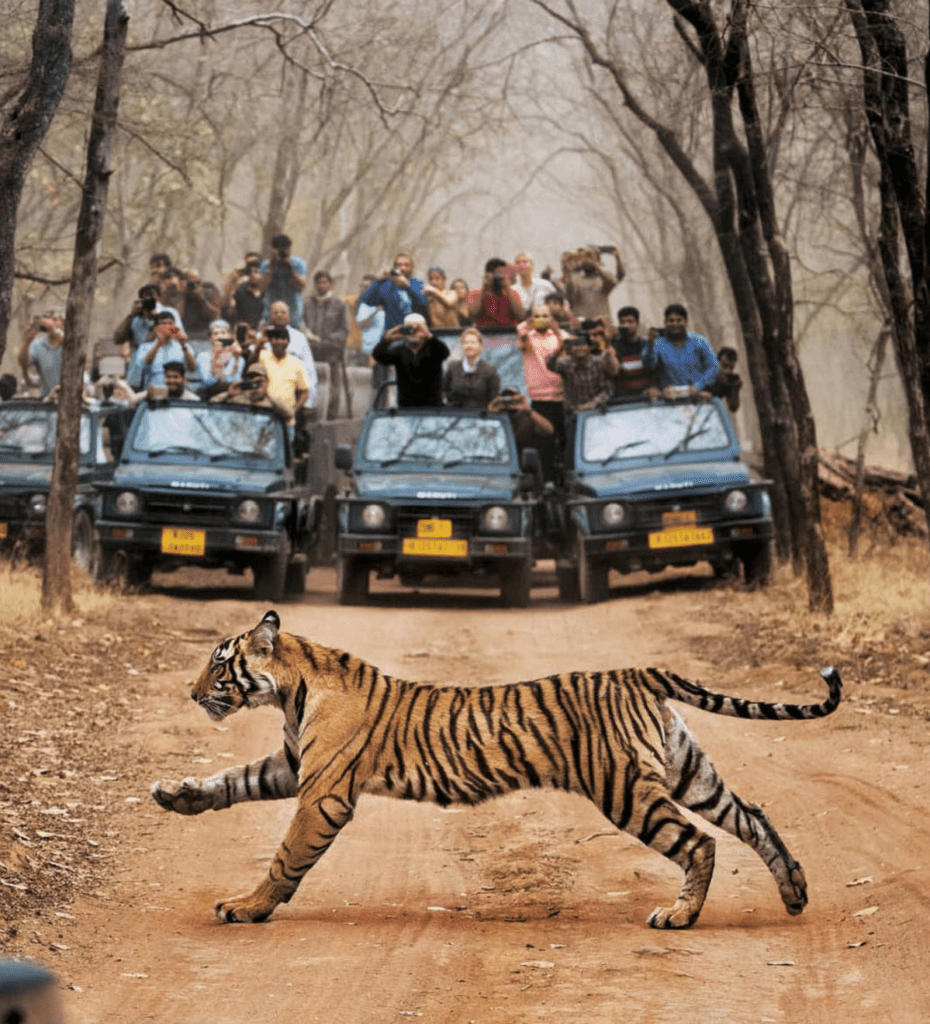
Location: Umaria district, Madhya Pradesh
How to Get There:
- Nearest Airport: Jabalpur Airport (164 km)
- Nearest Railway Station: Umaria Railway Station (35 km)
- Road: Connected to major cities in MP
What to See:
- Highest density of Bengal Tigers
- Ancient fort
- 250+ species of birds
- Leopards
- Indian Bison
Time to Spend:
Minimum: 2 days
Recommended: 3-4 days
Price Guide:
Entry Fee: ₹250 for Indians, ₹1,200 for foreigners
Safari Cost: ₹4,000-6,000 per jeep
Accommodation:
Budget: ₹2,000-4,000/night
Luxury: ₹8,000-25,000/night
5. Gir National Park
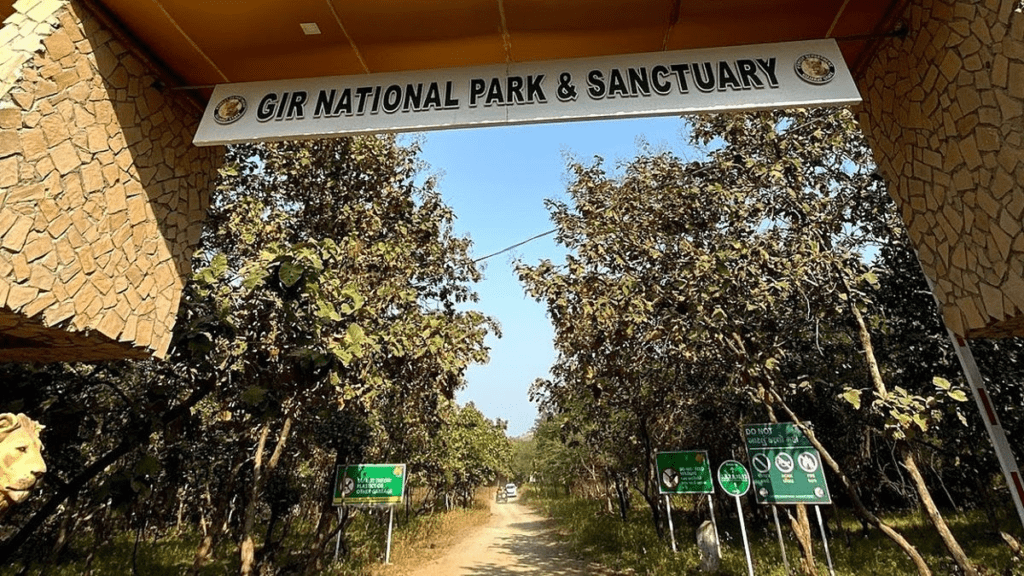
Location: Junagadh district, Gujarat
How to Get There:
- Nearest Airport: Rajkot Airport (160 km)
- Nearest Railway Station: Junagadh Railway Station (65 km)
- Road: Well-connected to major Gujarat cities
What to See:
- Asiatic Lions
- Leopards
- Sambar Deer
- Chital
- 300+ species of birds
Time to Spend:
Minimum: 2 days
Recommended: 3 days
Price Guide:
Entry Fee: ₹800 for Indians, ₹2,000 for foreigners
Safari Cost: ₹3,000-5,000 per jeep
Accommodation:
Budget: ₹1,500-3,000/night
Luxury: ₹6,000-20,000/night
6. Sundarbans National Park

Location: South 24 Parganas district, West Bengal
How to Get There:
- Nearest Airport: Netaji Subhas Chandra Bose International Airport, Kolkata (140 km)
- Nearest Railway Station: Canning Railway Station (48 km)
- Boat: Main mode of transportation within the park
What to See:
- Swimming Tigers
- Mangrove forests
- Estuarine crocodiles
- Various bird species
- Mangrove ecosystem
Time to Spend:
Minimum: 2 days
Recommended: 3-4 days
Price Guide:
Entry Fee: ₹150 for Indians, ₹600 for foreigners
Boat Safari: ₹3,000-5,000 per day
Accommodation:
Budget: ₹1,500-3,000/night
Luxury: ₹5,000-15,000/night
READ MORE: Best Yoga Retreats in India 2025: A Spiritual Journey
7. Kanha National Park

Location: Mandla district, Madhya Pradesh
How to Get There:
- Nearest Airport: Jabalpur Airport (160 km)
- Nearest Railway Station: Gondia Railway Station (145 km)
- Road: Connected to major cities in MP
What to See:
- Bengal Tigers
- Barasingha (Swamp Deer)
- Indian Wild Dog
- Leopards
- Rich bird life
Time to Spend:
Minimum: 2 days
Recommended: 3-4 days
Price Guide:
Entry Fee: ₹250 for Indians, ₹1,200 for foreigners
Safari Cost: ₹4,000-6,000 per jeep
Accommodation:
Budget: ₹2,000-4,000/night
Luxury: ₹8,000-25,000/night
8. Hemis National Park

Location: Ladakh region
How to Get There:
- Nearest Airport: Leh Kushok Bakula Rimpochee Airport (50 km)
- Road: Accessible from Leh
- Note: Requires special permits and guided tours
What to See:
- Snow Leopards
- Himalayan Blue Sheep
- Tibetan Wolf
- Red Fox
- Himalayan Marmot
Time to Spend:
Minimum: 3 days
Recommended: 5-7 days (for better chances of snow leopard sighting)
Price Guide:
Entry Fee: ₹200 for Indians, ₹600 for foreigners
Guide Cost: ₹2,500-4,000 per day
Accommodation:
Basic homestays: ₹1,000-2,000/night
Camping equipment rental: ₹1,000-2,000/day
Note: All prices are approximate and may vary based on season and availability. It’s recommended to book safaris and accommodation in advance, especially during peak season.
Hidden Gems: India’s Lesser-Known National Parks Worth Exploring 🌿
While most tourists flock to famous tiger reserves like Ranthambore and Bandhavgarh, India’s rich biodiversity offers some incredible yet lesser-visited national parks that are true hidden treasures for nature enthusiasts and wildlife lovers.
Great Himalayan National Park, Himachal Pradesh

This UNESCO World Heritage Site is a paradise of natural beauty, spanning across dense forests and featuring dramatic landscapes. Located in the eastern part of Himachal Pradesh, this protected area showcases rich biodiversity with diverse flora and rare wildlife.
Namdapha National Park, Arunachal Pradesh
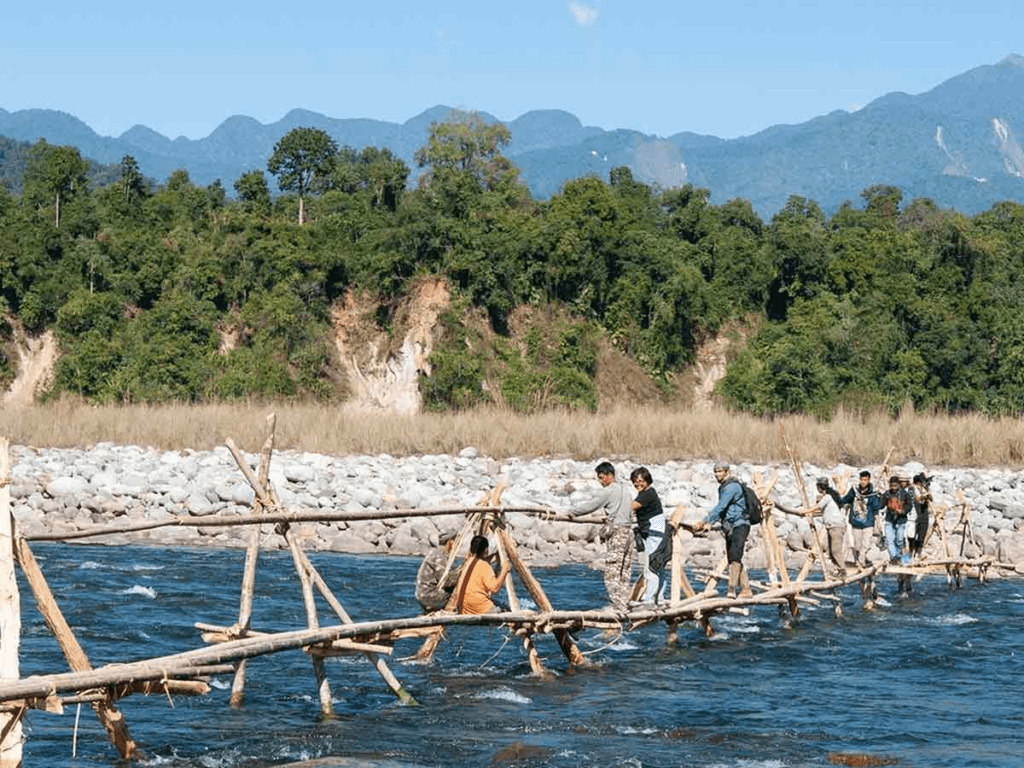
Nestled in the eastern Himalayan biodiversity hotspot, this remarkable park is unique as it’s the only one in India where you can spot four big cat species. Its natural environment ranges from tropical rainforests to alpine meadows, making it a fascinating destination for wildlife enthusiasts.
Pampadum Shola National Park, Kerala
Located in South India’s Western Ghats, this park might be small in square kilometers, but it’s mighty in experience. Its misty landscapes and lush greenery provide a perfect habitat for wild elephants and numerous endemic species.
Keibul Lamjao National Park

As the world’s only floating national park, this unique sanctuary in Northeast India offers an extraordinary experience. The park’s natural ecological balance and distinctive ecosystem make it a must-visit for nature lovers.
Manas Wildlife Sanctuary

This lesser-known UNESCO World Heritage Site showcases the natural beauty of Assam. The wildlife sanctuary is home to numerous wild animals and offers excellent opportunities for elephant safaris through its deciduous forests. These parks represent the finest examples of biodiversity conservation in India, where state government and central government efforts have helped maintain these pristine ecosystems.
For nature enthusiasts seeking authentic experiences away from tourist crowds, these parks offer the best place to witness India’s incredible natural environment in its purest form.
Remember to check the closest airport and closest town information before planning your visit, as some of these parks require careful planning to access. The reward, however, is worth every effort – you’ll experience India’s wild side in its most authentic form.
Wildlife Spotting Guide: Amazing Animals in Indian National Parks 🐯
As someone who’s spent countless hours exploring India’s incredible national parks, let me take you through the fascinating wildlife you can encounter in these natural sanctuaries!
Big Cats
Tigers

The majestic Royal Bengal Tiger is India’s most iconic wildlife resident. Here’s where you’re most likely to spot them:
- Bandhavgarh National Park: Known for having the highest density of Bengal tigers in the world
- Ranthambore National Park: Home to approximately 80 Bengal tigers
- Jim Corbett National Park: One of the best places to spot tigers in their natural habitat
- Sundarbans National Park: Unique place where tigers have adapted to swimming in saltwater
Other Big Cats
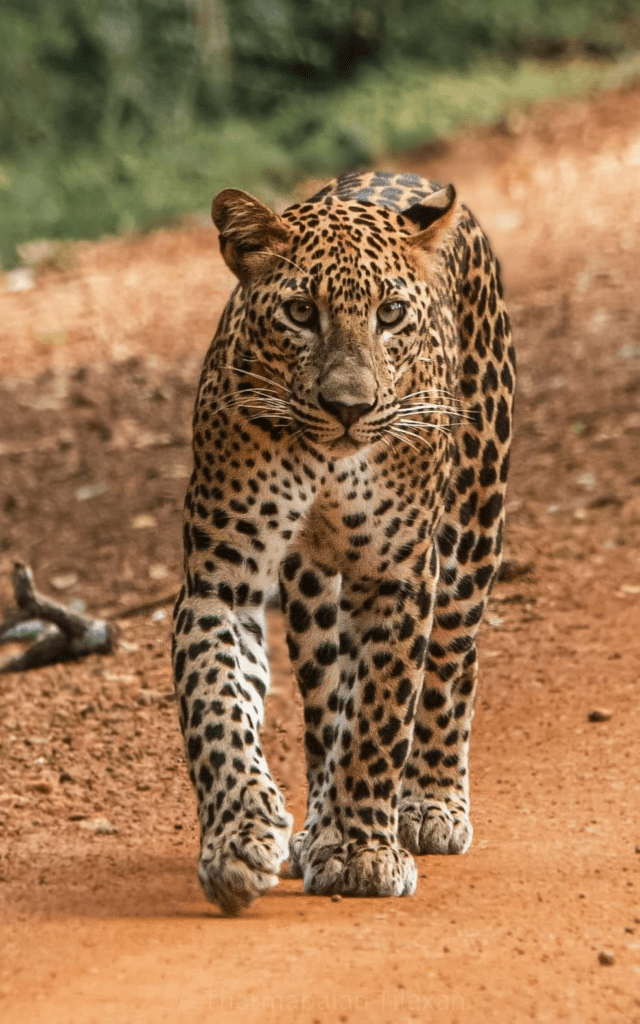
- Asiatic Lions: Found exclusively in Gir National Park, Gujarat, with approximately 600 individuals
- Snow Leopards: These elusive “ghosts of the mountains” can be spotted in Hemis National Park, Ladakh
- Indian Leopards: Commonly found in Jim Corbett, Bandhavgarh, and Ranthambore National Parks
Large Mammals
Elephants and Rhinos

- Asian Elephants: Commonly spotted in Jim Corbett and Kaziranga National Parks
- One-Horned Rhinoceros: Kaziranga National Park is home to two-thirds of the world’s population
Other Large Mammals

Wild Water Buffalo: Found primarily in Kaziranga National Park
Sloth Bears: Present in multiple parks including Jim Corbett and Ranthambore
Indian Bison (Gaur): Common in Central India’s national parks
Deer Species
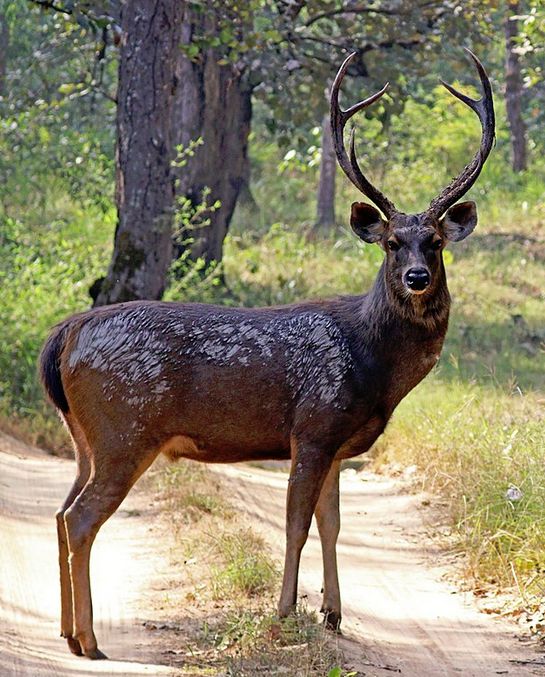
- Several deer species can be spotted across various parks:
- Sambar Deer
- Chital (Spotted Deer)
- Barking Deer
- Hog Deer
Primates

Lion-Tailed Macaque: Endemic to the Western Ghats, found in Silent Valley National Park
Langurs and Rhesus Macaques: Common across many parks
Rare and Unique Species
Mountain Species
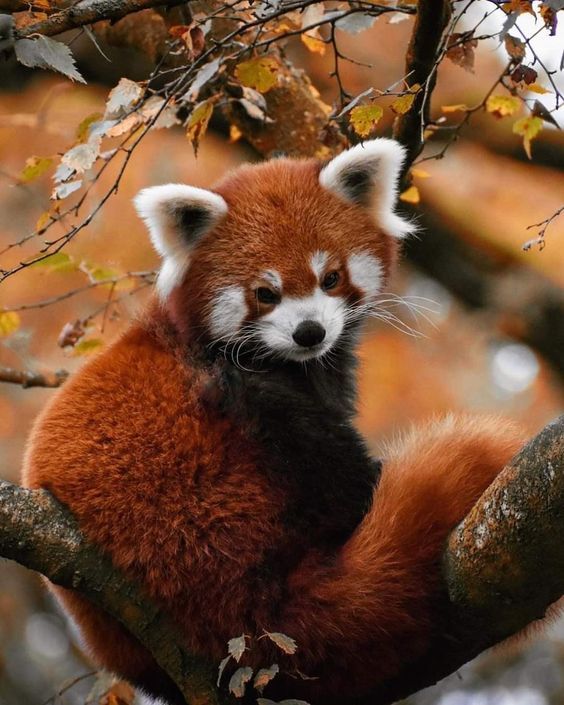
Nilgiri Tahr: Found in Eravikulam National Park
Red Panda: Can be spotted in Singalila and Khangchendzonga National Parks
Other Rare Species
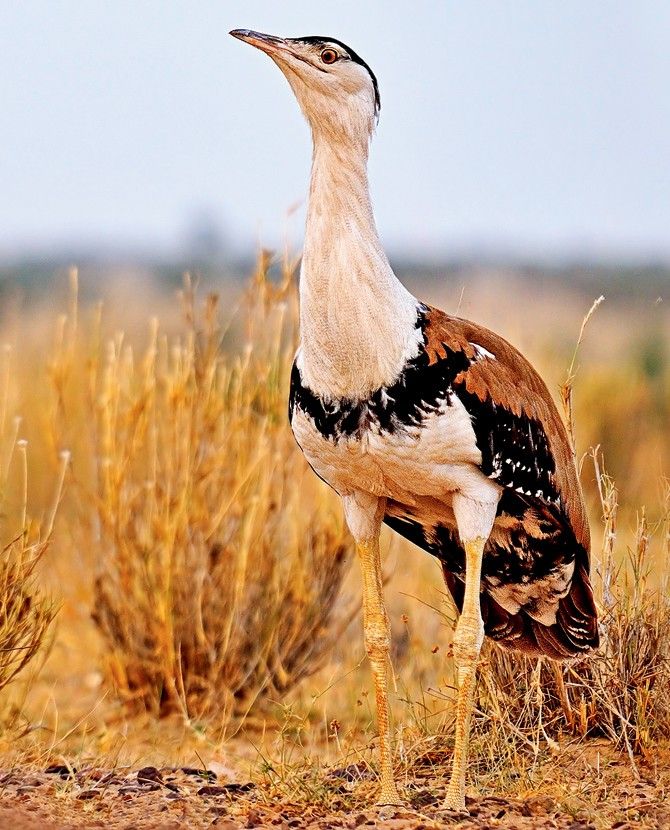
Great Indian Bustard: Found in Desert National Park
Ganges River Dolphin: Present in Vikramshila Gangetic Dolphin Sanctuary
Birds
Indian national parks are a paradise for bird watchers with over 586 species in Jim Corbett National Park alone

Common sightings include:
- Crested Serpent Eagle
- Indian Paradise Flycatcher
- Greater Coucal
- Blossom-headed Parakeet
- Red Junglefowl
Reptiles
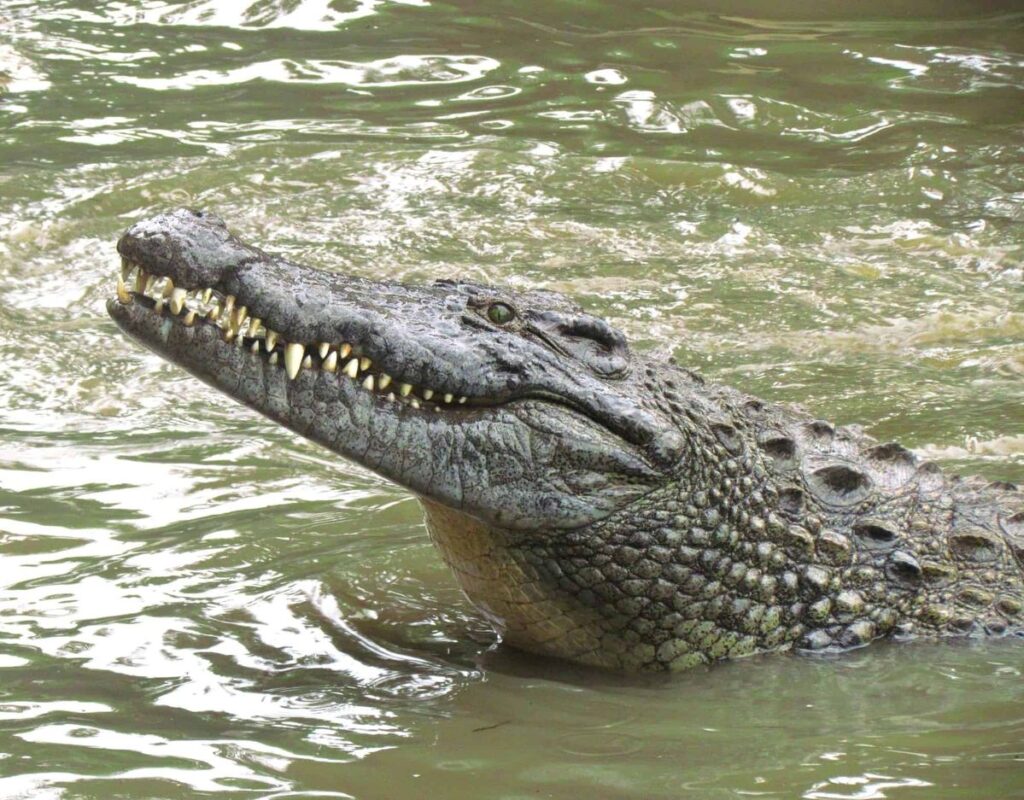
Various reptilian species can be found:
- Marsh Crocodiles
- Gharials
- Indian Python
- Various snake species
Best Times for Wildlife Spotting

For the best wildlife viewing experience:
- Winter (October-February): Excellent for general wildlife viewing and bird watching
- Early Summer (March-April): Best for tiger spotting as animals gather around water sources
- Late Summer (May-June): Highest chances of wildlife sightings near water bodies
- Monsoon (July-September): Most parks are closed, but some southern parks remain open for butterfly and bird watching
Remember that wildlife spotting requires patience and respect for the animals’ natural behavior. Always follow park guidelines and maintain a safe distance from the wildlife. Each visit to these parks offers a unique opportunity to witness India’s incredible biodiversity in its natural habitat.
Weather Guide for Indian National Parks: When to Visit & What to Wear 🌤️
Best Seasons to Visit
Winter (October to February)
Weather Conditions:
- Northern India: Cold temperatures, especially in mountainous regions
- Southern India: Mild and pleasant weather
- Central India: Cool and comfortable conditions
What to Wear:
Northern parks (like Jim Corbett)

- Thermal underwear
- Woolen sweaters
- Down jacket
- Warm accessories (hats, gloves, scarves)
Southern parks:
- Light woolens
- Fleece jacket
- Comfortable cotton clothing
Spring (February to March)
Weather Conditions:
Generally pleasant temperatures across the country
Clear skies
Moderate humidity
What to Wear:

- Light woolens
- Mix of cotton and woolen layers
- Light jacket for mornings and evenings
Summer (April to June)
Weather Conditions:
- High temperatures, especially in central and northern India
- Dry heat in most regions
- Best time for wildlife spotting as animals gather near water sources
What to Wear:
- Light, breathable cotton clothing
- Avoid synthetic fabrics
- Wide-brimmed hat
- Sunglasses
- Long-sleeved shirts for sun protection
Monsoon (July to September)
Weather Conditions:
- Heavy rainfall, particularly in north and northeast
- High humidity
- Some parks may be closed
- Lush green landscapes
What to Wear:
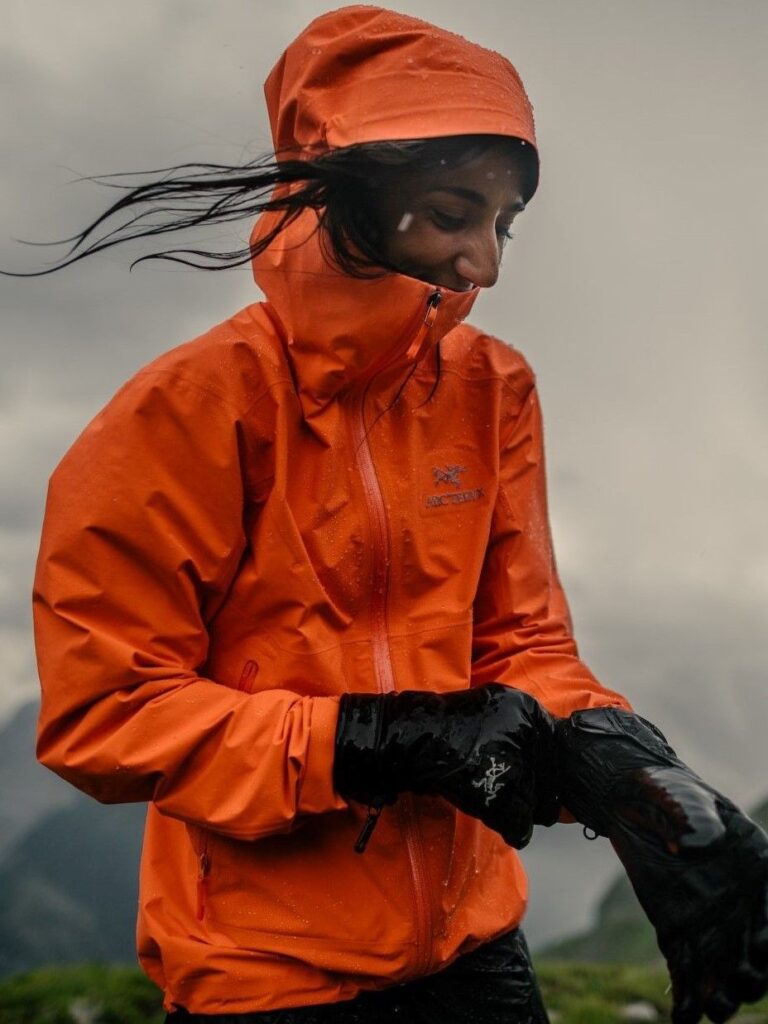
- Waterproof clothing
- Rain jacket or poncho
- Quick-dry fabrics
- Waterproof footwear
- Insect repellent clothing
Park-Specific Weather Guidelines
Northern Parks (Jim Corbett, Hemis)
Best visited: November to February
Weather: Cool winters, hot summers
Essential wear: Layer clothing, thermal wear in winter
Central Parks (Bandhavgarh, Kanha)
Best visited: October to June
Weather: Extreme temperatures in summer
Essential wear: Light cotton in summer, warm layers in winter
Western Parks (Ranthambore, Gir)
Best visited: October to March
Weather: Hot and dry
Essential wear: Light, breathable clothing, sun protection
Eastern Parks (Kaziranga, Sundarbans)
Best visited: November to April
Weather: Humid with heavy monsoon
Essential wear: Moisture-wicking clothing, rain gear during monsoon
Essential Packing List for All Seasons
Basic Clothing

- Neutral-colored clothing (avoid bright colors)
- Long-sleeved shirts
- Full-length pants
- Comfortable walking shoes
- Socks
Sun Protection

- Wide-brimmed hat
- Sunglasses
- Sunscreen (SPF 50+)
- Light scarf or bandana
Additional Gear
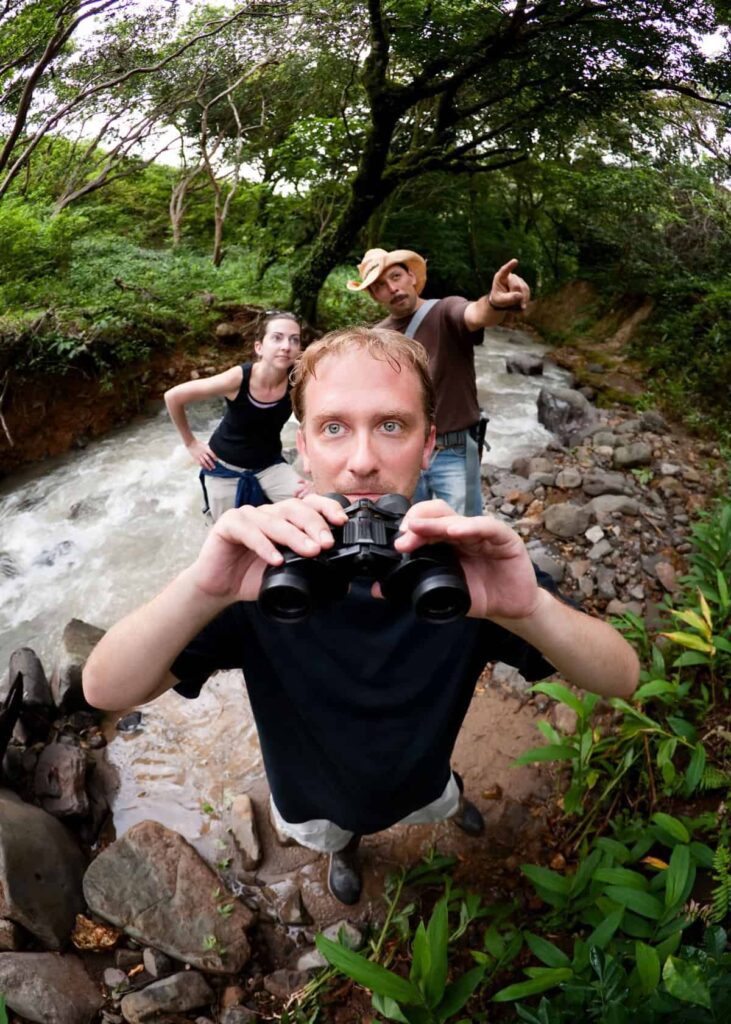
- Binoculars
- Camera
- Water bottle
- Backpack
- First-aid kit
Important Tips
1. Layer Your Clothing: Temperatures can vary significantly between early morning and midday safaris
2. Dress Modestly: Keep shoulders, knees, and midriff covered to respect local customs
3. Choose Appropriate Colors: Wear neutral colors (khaki, olive, brown) to avoid disturbing wildlife
4. Consider Activity Level: Pack according to planned activities (hiking, safari, photography)
5. Check Park-Specific Guidelines: Some parks may have special clothing requirements or restrictions
Weather Impact on Wildlife Viewing
Early mornings and late afternoons offer best wildlife viewing opportunities
Animals are more active in cooler temperatures
Summer months often provide better wildlife sightings near water sources
Monsoon season can limit park accessibility but offers unique vegetation views
Remember that weather patterns can vary significantly across India’s diverse geography, so always check specific park conditions before your visit and pack accordingly.
Practical Tips for Your Wildlife Adventure
1. Best Time to Visit: Most parks are open from October to June, with the best wildlife viewing between March and May.
2. Safari Booking: Book your safaris in advance, especially during peak season. Trust me, nothing’s worse than traveling all the way to a park and not being able to get in!
3. What to Pack:Neutral-colored clothing (avoid bright colors)Good camera with zoom lensBinocularsHat and sunscreenWater bottle
4. Neutral-colored clothing (avoid bright colors)
5. Good camera with zoom lens
6. Binoculars
7. Hat and sunscreen
8. Water bottle
9. Conservation First: Remember, we’re guests in these animals’ homes. Follow park rules and support conservation efforts by being responsible tourists.
Conservation Success Stories
It’s not all just about tourism – these parks are conservation powerhouses! Thanks to dedicated efforts by state governments and conservation organizations, many endangered species are making a comeback. The success story of Gir’s Asiatic lions, growing from just 20 to about 600 , is just one example of how these protected areas are making a difference.
The Future of India’s National Parks
As someone who’s witnessed the magic of these parks firsthand, I can’t stress enough how important it is to protect these natural treasures. The challenges of human-wildlife conflict, habitat loss, and climate change are real, but seeing the passionate work of forest rangers and conservationists gives me hope for the future.
Final Thoughts
After exploring these incredible national parks, I can honestly say that India offers some of the most diverse and exciting wildlife experiences in the world. Whether you’re a serious wildlife photographer or just someone who loves nature, these parks will leave you with memories that last a lifetime.
Remember, every visit to these parks supports conservation efforts and helps protect these amazing creatures for future generations. So, what are you waiting for? Pack your bags, grab your camera, and get ready for the wildlife adventure of a lifetime!
Until our next adventure, Eric 🌿🐯#WildlifeTravel #IndianNationalParks #TigerSafari #WildlifePhotography #TravelIndia #NatureLovers #WildlifeConservation #AdventureTravel #RoyalBengalTiger #AsiaticLion
WHO AM I ?
Hello! I’m Eric, a French Australian citizen based between Australia, Asia and Bali and I love to travel and experience the world. I generally like outdoor activities, wellness, great food and venues , party and real local adventures ! I am a Yoga practitioner and fitness lover
I created this blog because I love to travel and I want to share my experiences with others. I’ve been traveling since I was a child, and I’ve been to over 50 countries. I’ve seen some amazing things and met some amazing people, and I want to help others experience the same things.
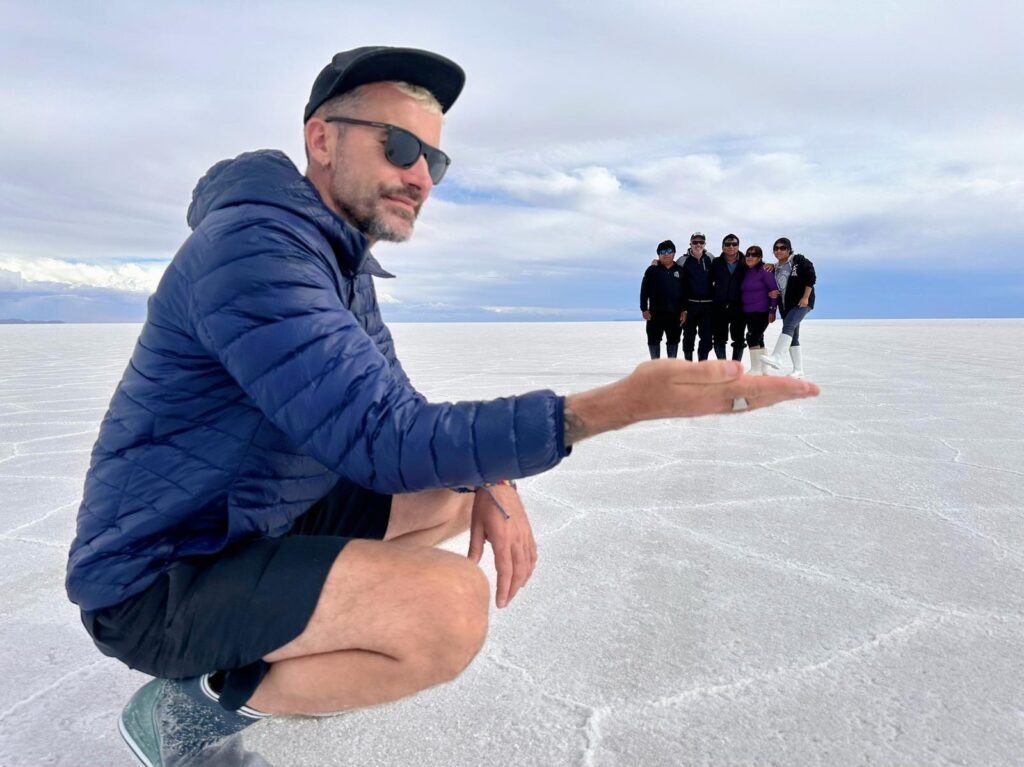
I believe that travel is one of the best ways to learn about the world and about yourself. When you travel, you’re forced to step outside of your comfort zone and experience new things. You learn about different cultures, different religions, and different ways of life. You also learn about yourself, your strengths, and your weaknesses.
Travel can also be a great way to make new friends. When you’re traveling, you’re surrounded by people from all over the world, and you’re all in the same boat. You’re all there to explore and experience new things, and that can create a bond between people.
Let’s connect together!
I hope that my travel blog will inspire others to travel and to see the world. I also hope that it will help people to learn about different cultures and to become more open-minded.


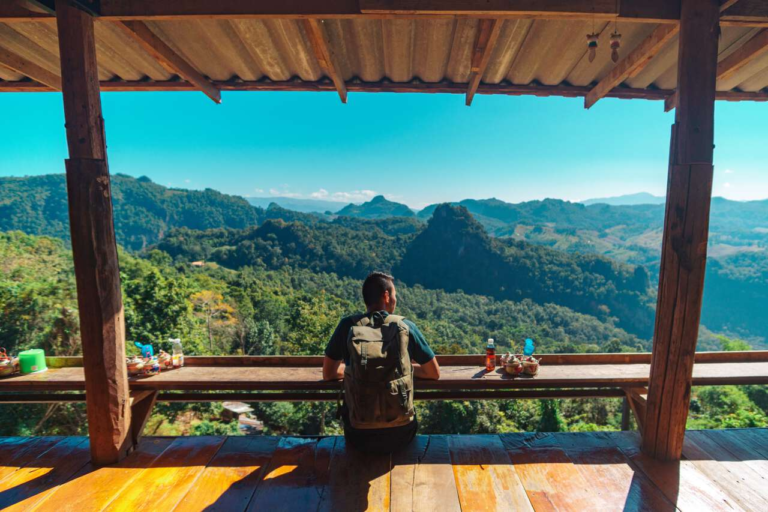
![Best Beaches in Cambodia [ IG Pictures Spots ] 2025](https://funkyfreshtravels.com/wp-content/uploads/2025/04/cambodia_beaches_2-768x512.jpg)

